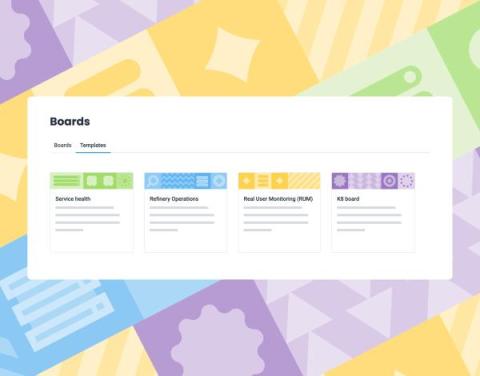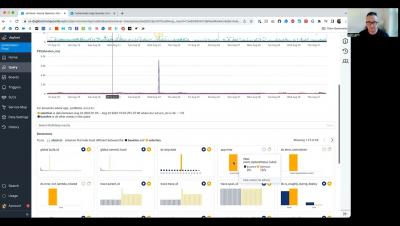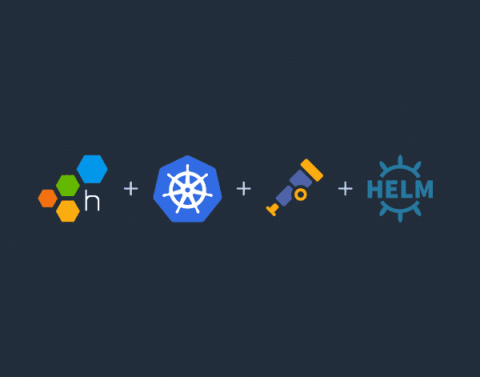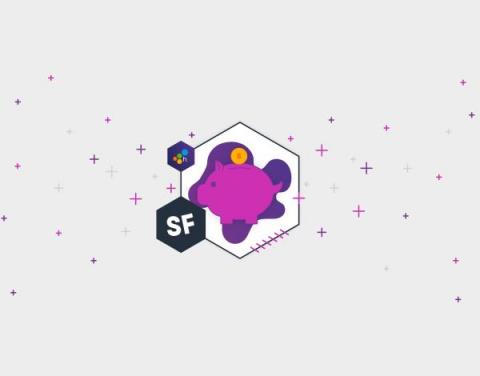One-Click Insights with Board Templates
Whether you’re a new Honeycomb user or a seasoned expert looking to uncover fresh insights, chances are you’ve sent tremendous amounts of data into Honeycomb already. The question is, now what? We have the answer: Board templates. Teams can now create Boards based on pre-built templates that generate visualizations with a single click.











